
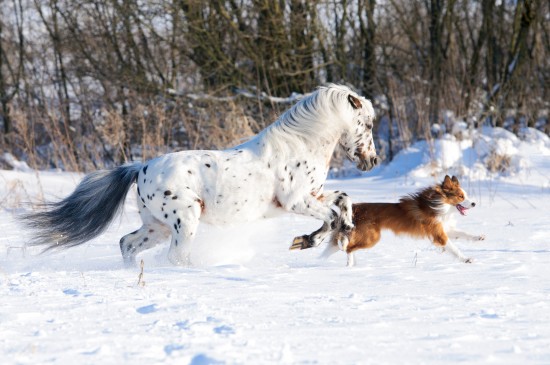
Winter can be a difficult time for horse owners especially when the countryside is covered in snow and the ground frozen. It may look Christmas card gorgeous, but if you're planning to ride out it can prove to be quite treacherous too. There are loads of unseen hazards whether you're hacking out on the road, through a field, across parkland or in the woods which means you need to take extra care of yourself and your horse.
The summer months has its hazards whether it's loud motorcycles going by or a horsefly that's spooks your mount. But with the winter months, there's a whole new set of dangers out there which riders need to be aware of. Below is a list of things you need to bear in mind when you ride out during the colder winter months.
Although you may think it is too dangerous to ride out when the land is covered in snow and the ground frozen with ice, as long as you take extra care there's no reason why you can't enjoy a nice hack out through what is often gorgeously magical winter landscapes. You need to be extra careful and realise that roads may be very slippery and if there is a lot of snow on the ground, objects might be hidden out of view which means taking it slow is essential.
Naturally, there will be times when the weather is just too bad to go out on your horse whether it's snowing a lot or just too windy. You need to use common sense whether you jump on your horse and go out for a hack or not when the weather is bad and if in doubt – don't.
The biggest danger that both you and your horse could face could be a condition called hypothermia. This means you need to dress appropriately wearing clothing that preserves your body heat and which keeps you nice and dry. Your own perspiration could cause a problem so it's important to wear clothes that absorb inside moisture and which keeps outside moisture like rain, snow and fog out – if you're nice warm you avoid the risk of getting too cold and hypothermia setting in.
Your horse too will feel the cold especially if they have worked up a sweat out on a ride or are soaking wet from the rain. The air itself may be very cold and if there is snow on the ground, the air could be extremely dry too. This means your horse could be feeling the cold even more. You need to keep your horse moving so they burn enough calories which will keep them nice and toasty when out on a winter's ride. However you need to avoid working up too much of a sweat because this could make them even colder. If you're worried about your horse being too cold, short rides are the better option during really cold weather spells.
Lots of walking with short bursts at the trot where it's safe to do so are the best sort of exercise you can give your horse when the weather is really, really cold. If you canter, then make sure the condition of the ground permits. The thing to remember is the fact that a horse breathes lots of cold air in and out will be hard on them so the rule of thumb is to take it easier when the weather is freezing.
When there's ice and snow on the ground you can be sure the ground is going to be rather slippery. If a horse slips and falls they could seriously injure themselves which could even prove fatal. Should the ground just be too slippery, it is best to avoid taking your horse out on a hack because it's just not worth the risk of them breaking a leg. The best option is to exercise them in an indoor barn if you have access to one. If you don't it's better to wait for the weather to improve before riding out.
Road surfaces especially if they are side roads which have not been gritted can be lethal. Even if they have been gritted, this too can be a menace to horse's hooves and their legs because the grit is so abrasive. Of course, if there is traffic on the road, there's also the risk of a car skidding into your horse by accident – so it's best to avoid this type of situation in the first place.
Even if you hack out across country, there are dangers to watch out for when the ground is frozen. Everything is frozen which means it's going to be slippery so if you do ride across a field, remember to stay on level ground which reduces the chances of your horse slipping and injuring themselves and you in the process.
Even if there's no snow on the ground it could be really frozen and therefore extremely hard. You may think it's okay and safe to go out for a ride but remember the harder the ground the more impact it will have on your horse's legs. Every time they put a hoof down they will definitely feel it especially at the trot. At the walk it's not too bad but any faster and you risk all sorts of injuries including splints which are incredibly painful for your horse.
It's great fun to ride out in the snow and as long as you are well prepared and keep an eye out for any hidden dangers, you and your horse are bound to enjoy a wonderful ride through lovely winter landscapes. Keeping rides short and closer to home than you normally do is a good idea if the weather is extremely cold. This way your horse won't get too cold but remember you need to avoid working up too much of a sweat too. Preparation is everything when you plan to ride out in the winter time and then common sense will dictate just how safe it is to hack out when there's snow on the ground.
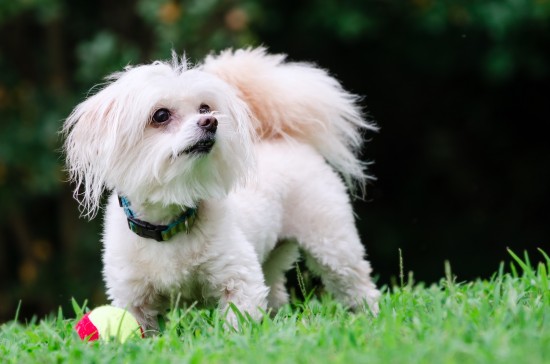 Temperament And Traits Of The Maltipoo Puppy
Temperament And Traits Of The Maltipoo Puppy
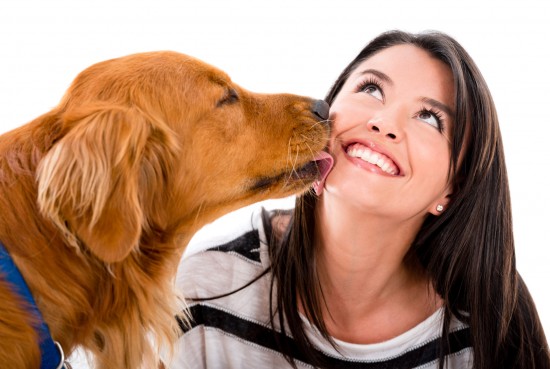 Minimising The Spread Of Canine Germs And Bacteria
Minimising The Spread Of Canine Germs And Bacteria
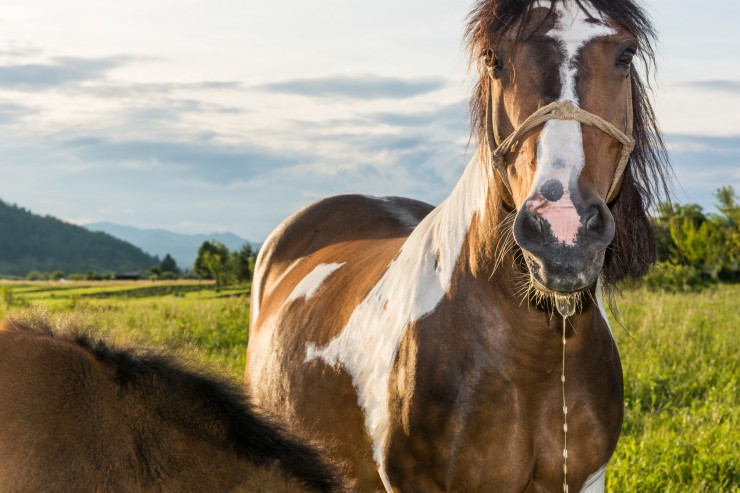 Why Is My Horse Drooling So Much?
Why Is My Horse Drooling So Much?
 Six Health Essentials That You Should Monitor In Your Kittens First Few Weeks Of Life
Six Health Essentials That You Should Monitor In Your Kittens First Few Weeks Of Life
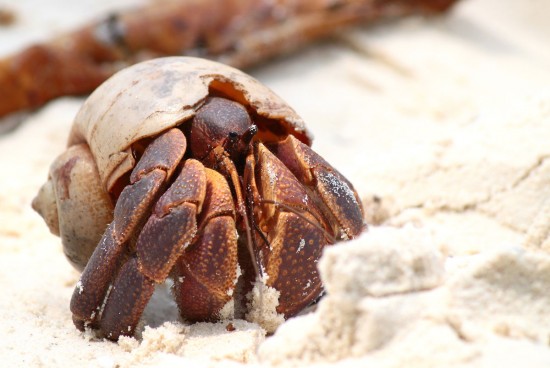 Keeping Hermit Crabs For Beginners
Keeping Hermit Crabs For Beginners
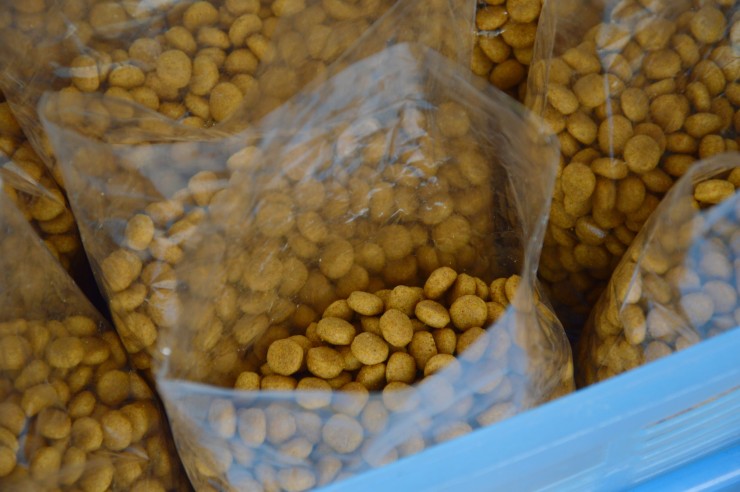 Storing And Serving Your Dog’s Food - Seven Pitfalls To Avoid
Storing And Serving Your Dog’s Food - Seven Pitfalls To Avoid
 Why Does My Guinea Pig Try To Bite Me?
Why Does My Guine
Why Does My Guinea Pig Try To Bite Me?
Why Does My Guine
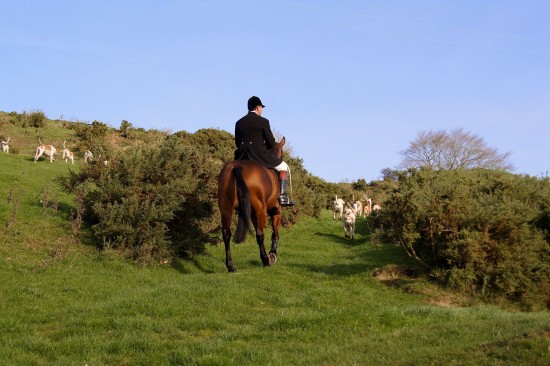 Introduction To Drag Hunting
Introduction To D
Introduction To Drag Hunting
Introduction To D
 Why should you opt for a dog daycare for your furry partner?
Why should you opt for a dog daycare for your furry partne
Why should you opt for a dog daycare for your furry partner?
Why should you opt for a dog daycare for your furry partne
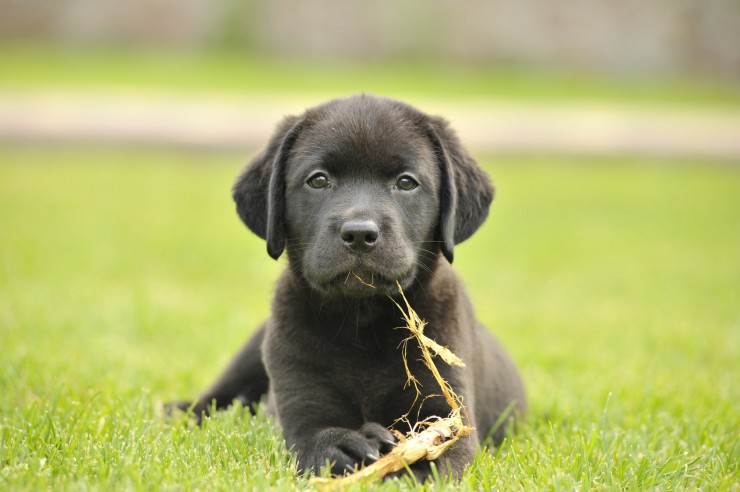 The Top Ten Most Popular Registered Dog Breeds In The Uk
The Top Ten Most
The Top Ten Most Popular Registered Dog Breeds In The Uk
The Top Ten Most
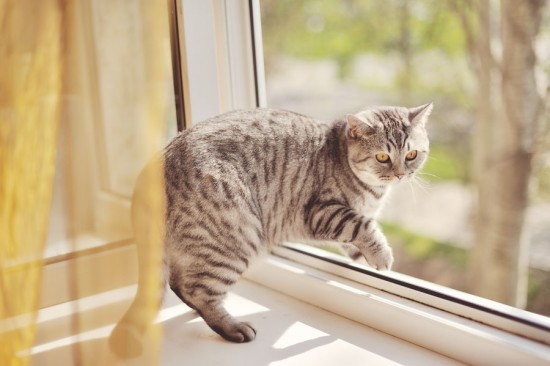 How To Keep An Outdoor Cat Indoors If Needed
How To Keep An Ou
How To Keep An Outdoor Cat Indoors If Needed
How To Keep An Ou
Copyright © 2005-2016 Pet Information All Rights Reserved
Contact us: www162date@outlook.com